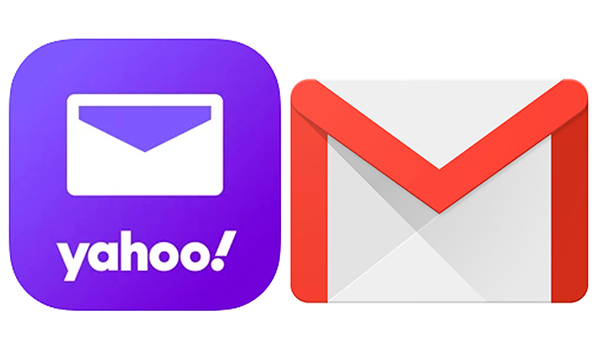
Properly authenticating your emails has always been a good practice, but not all senders use the tools available to protect their emails, and that’s a major problem – if senders don’t properly authenticate their emails, they make it incredibly easy for bad guys to impersonate domains and send phishing emails, and that will hurt your sending reputation.
Gmail and Yahoo are on a mission to protect their users from spam and unwanted emails, but if senders fail to properly secure their systems and leave the door open to exploitation, that task is much harder, which is why Gmail and Yahoo have decided that proper email authentication and following delivery best practices are no longer a good thing. If you want to ensure that your emails keep reaching the inbox, you’ll need to adhere to key best practices for email authentication and spam prevention. These are:
- Authenticate emails using DKIM, SPF, and DMARC.
- Reduce spam and keep spam complaint rate below 0.3%.
- Allow people to unsubscribe from newsletters by clicking a single link and honor unsubscribes within two days.
- Compliance with RFC 5322.
- Make sure your sending server IP addresses have valid reverse DNS records.
- Uses a TLS connection to transmit email.
The new Gmail and Yahoo requirements are primarily aimed at high-volume senders, and if you dig into the requirements in detail, you’ll see that some of them will only apply to high-volume senders who send more than 5,000 emails a day. If you’re a small sender or only send transactional email, you’re less likely to be affected by the changes.
